PAUL SIGNAC (1863-1935)
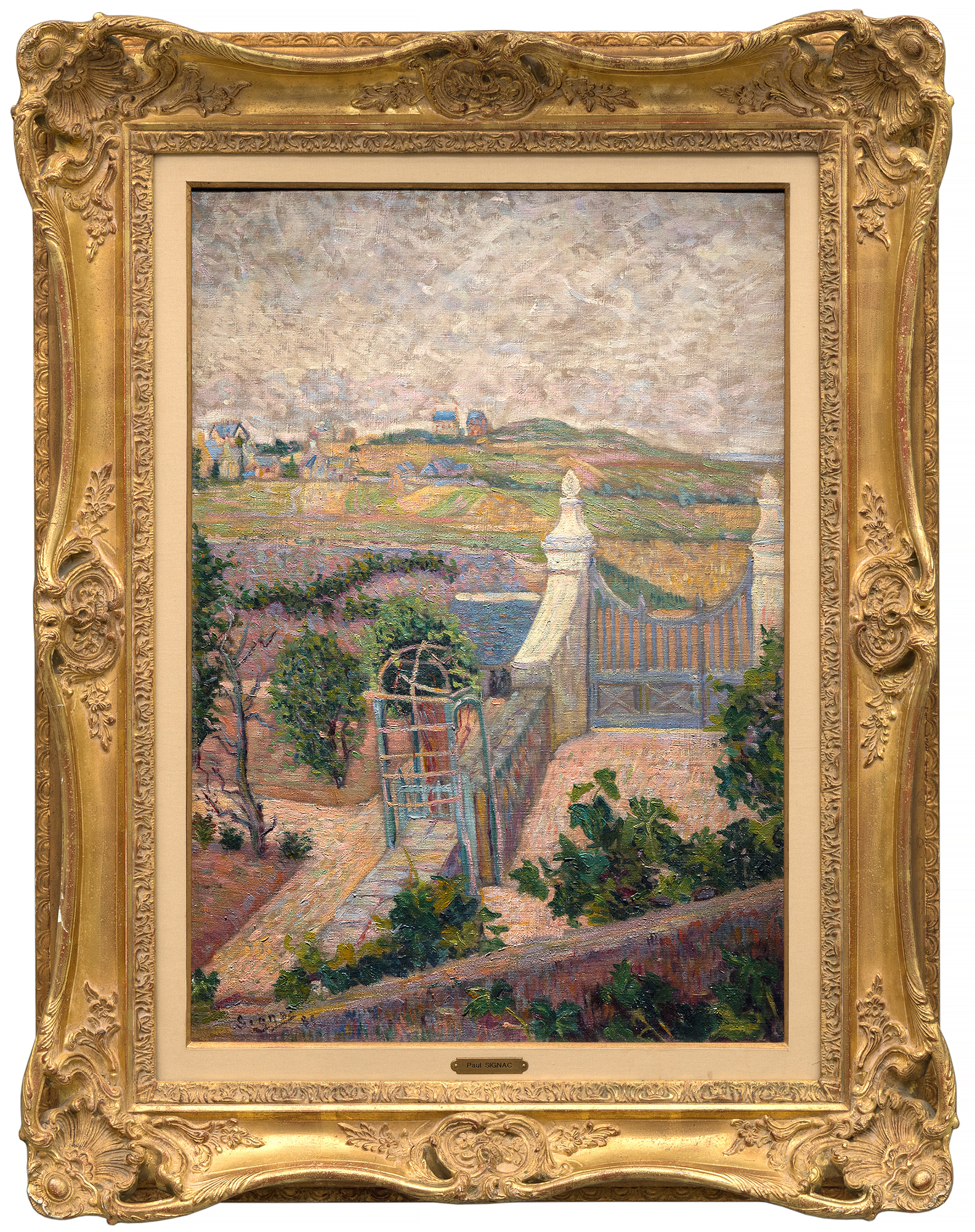

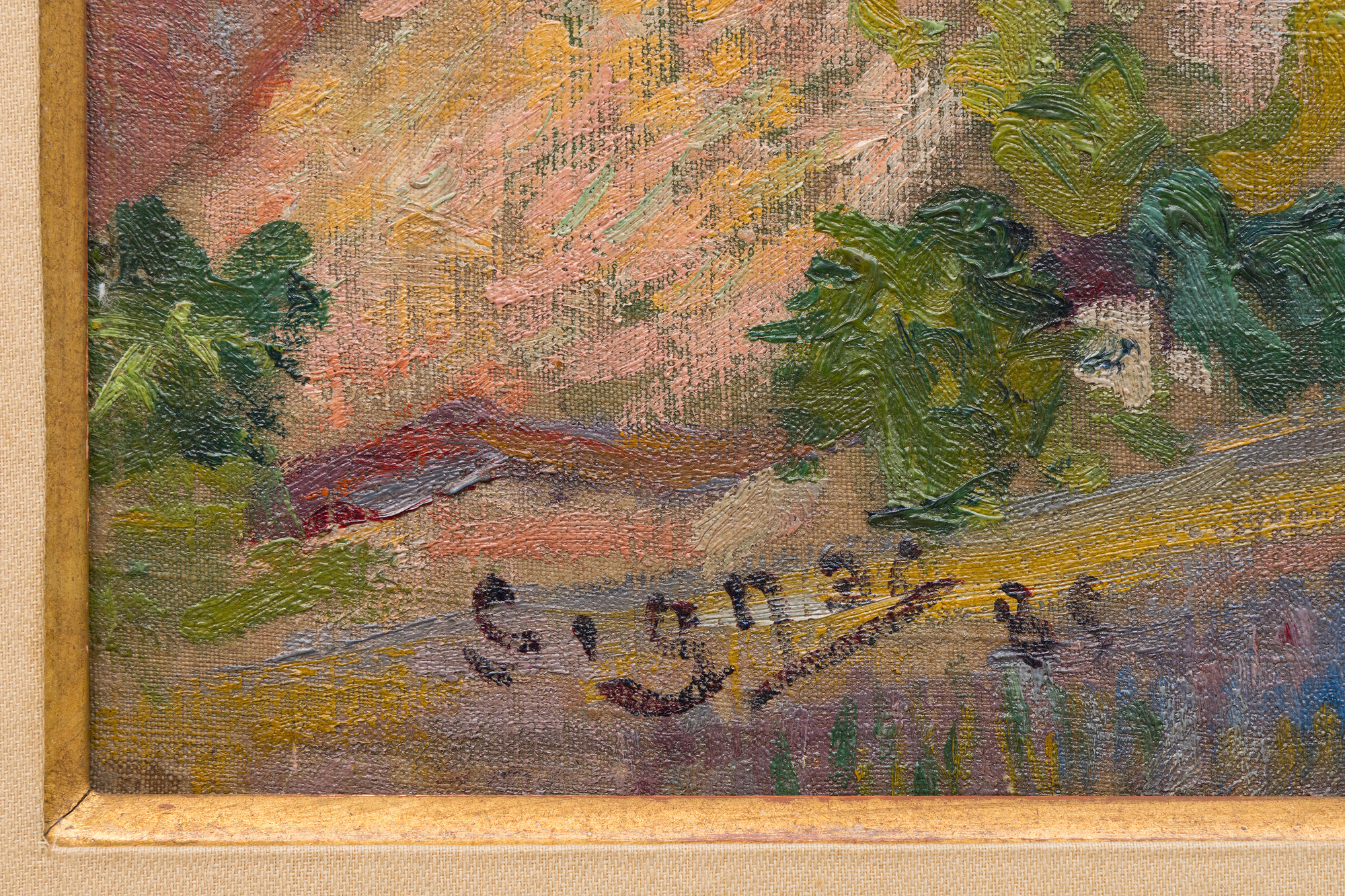
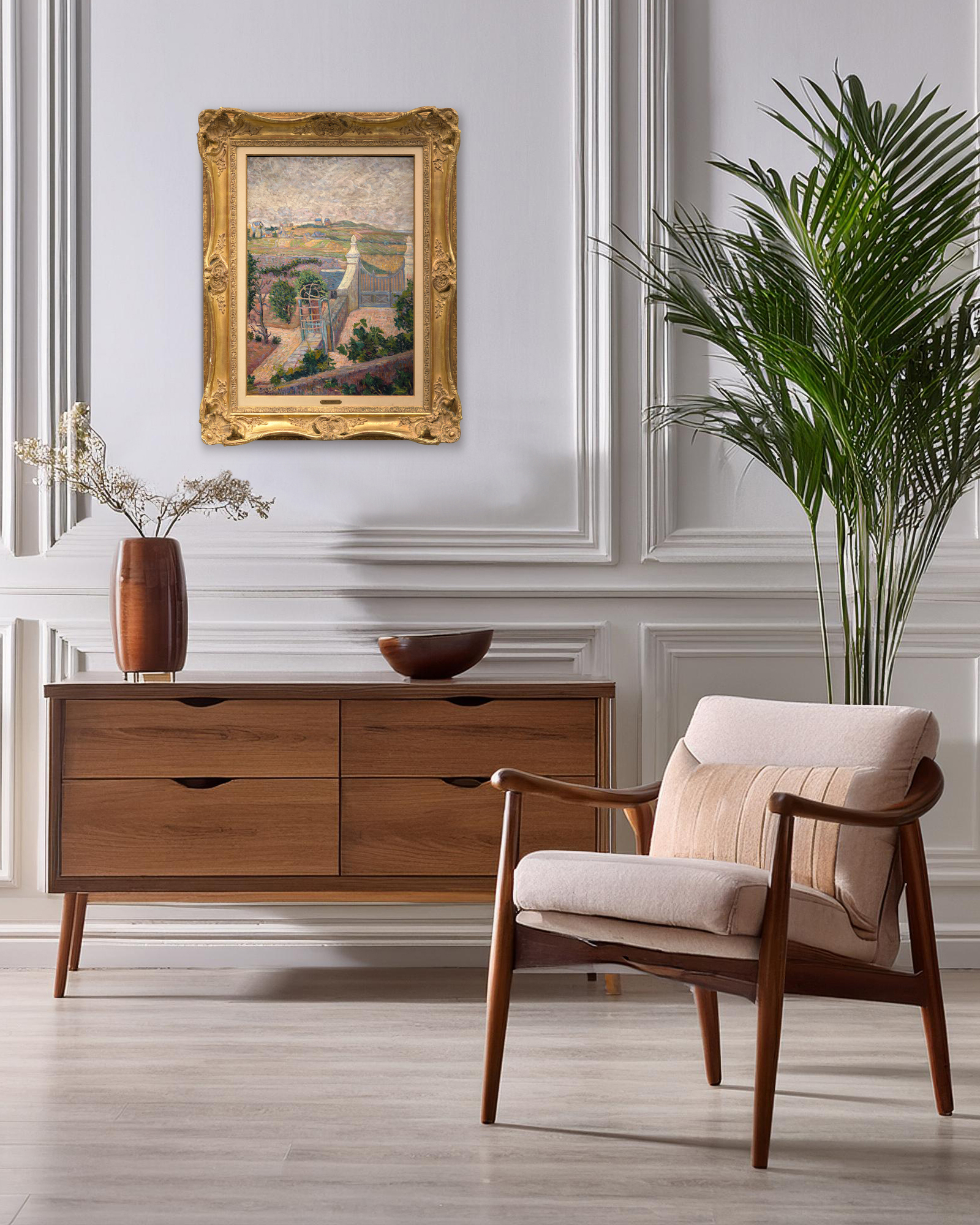
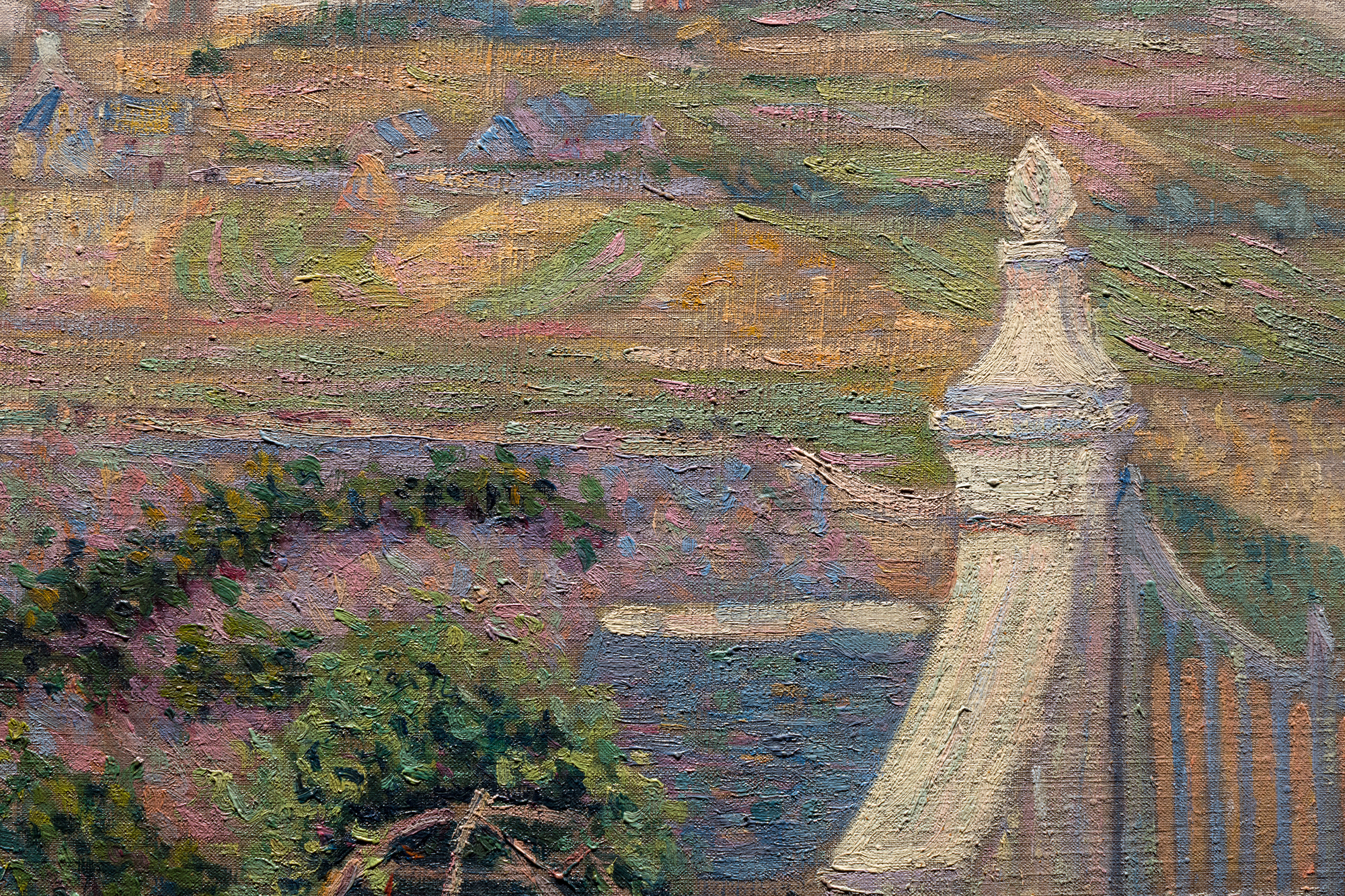
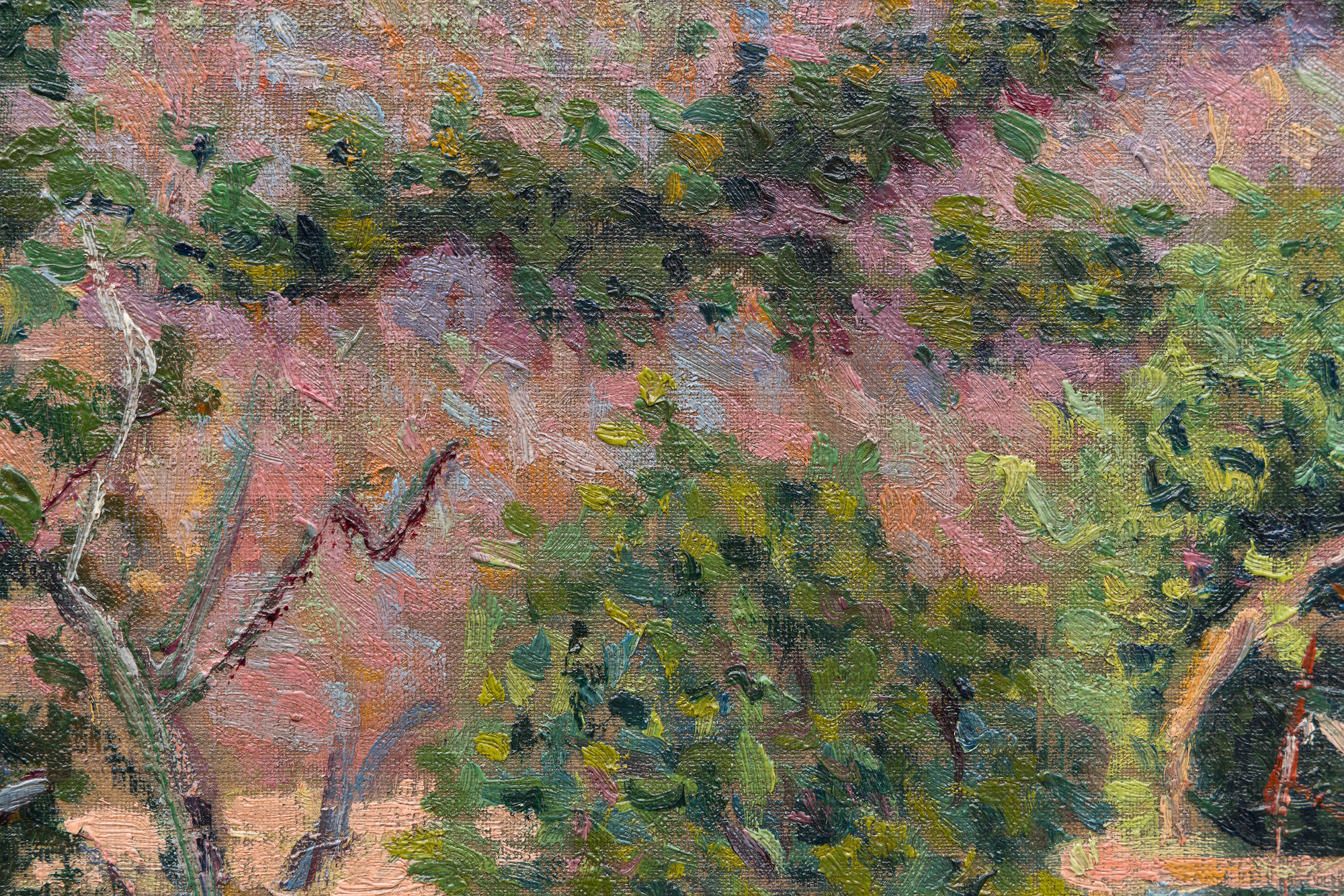


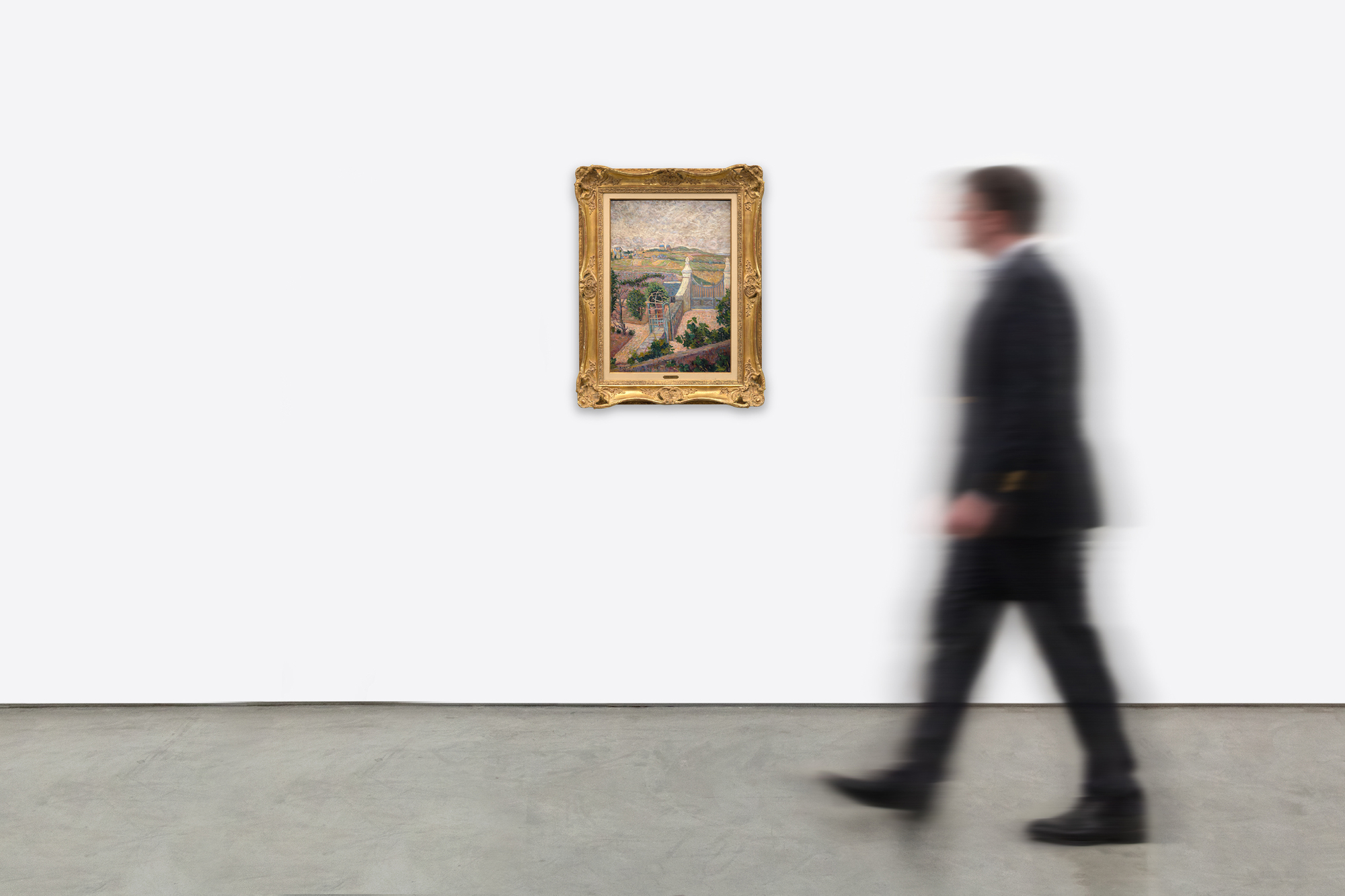
Provenance
Jules Rivière, CagnesHôtel Drouot, Paris, 23 mars 1956, lot 103
Collection privée, acquise auprès de la personne susmentionnée
Hôtel Drouot, Paris, 19 juin 1990, lot 130
Collection privée, Suisse
Hampel Fine Art Auctions, Munich, 29 avril 2017, lot 6
Collection privée, acquise auprès de la personne susmentionnée
Hampel Fine Art Auctions, Munich, 26 septembre 2018, lot 602
Collection privée, acquise auprès de la personne susmentionnée
Sotheby's New York : Mardi 14 novembre 2023, lot 306
Collection privée, acquise auprès du...Plus.....e ci-dessus
Exposition
New York, American Art Galleries, Works in Oil and Pastel by the Impressionists of Paris, 1886, n° 70, p. 18 (intitulé From My Window)Littérature
Francis Soar et Hachette, "Connaissance des Arts", Paris, 1956, p. 61.Sophie Monneret, L'Impressionnisme et son époque, dictionnaire international, vol. II, Paris 1980, p. 255
Hôtel Drouot, "La Gazette de l'Hôtel Drouot", vol. XLIV, Paris, 1990, n° 21
Françoise Cachin, Signac. Catalogue raisonné de l'œuvre peint, Paris, 2000, n° 102, p. 169, illustré
...MOINS..... Prix425,000
L'œuvre a appartenu au compositeur et chef d'orchestre français Jules Rivière et a été discutée dans d'importants ouvrages d'histoire de l'art, notamment Connaissance des Arts (1956), L'Impressionnisme et son époque (1980) de Sophie Monneret, et Signac de Françoise Cachin : Catalogue raisonné de l'œuvre peint (2000) de Françoise Cachin, où il est illustré comme entrée no. 102. Des exemples comparables de la même série de Saint-Briac sont conservés au Metropolitan Museum of Art, à l'Art Institute of Chicago et au Carnegie Museum of Art. Collectivement, ces œuvres révèlent la transition de Signac vers la luminosité structurée qui allait bientôt définir le néo-impressionnisme et lui assurer une place parmi les principaux innovateurs de la peinture moderne.


